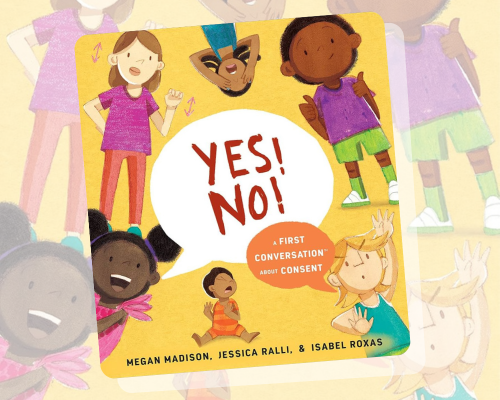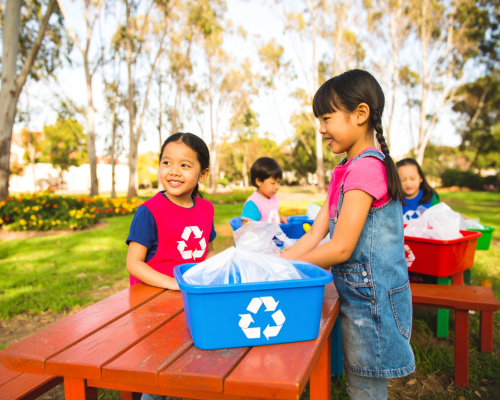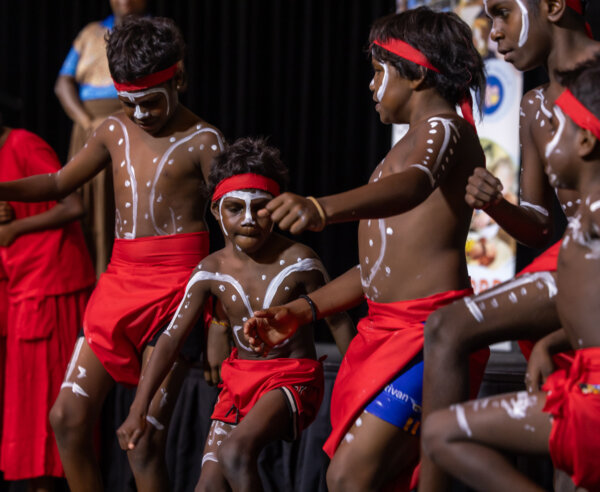A Call to Action
NAIDOC Week is a powerful opportunity for educators and early years professionals to walk alongside Aboriginal and Torres Strait Islander children and families as we celebrate strength, vision and legacy in supporting the next generation to stand proud in their identity.
While NAIDOC Week is a time of reflection and celebration, it is also a call to action.
In early learning settings, it presents a meaningful opportunity to recognise the resilience, leadership and cultural richness of First Nations peoples. It is a time to embed learning experiences that uphold the voices, rights and futures of the next generation.
Year-round, educators are guided by the Approved Learning Frameworks, which clearly state:
“Aboriginal and Torres Strait Islander perspectives are valued.”
This principle reminds us that culture is not a theme or tokenistic gesture but a living, ongoing part of identity and community. For young children, the people, stories and places they are connected to help shape lifelong values of respect, inclusion and cultural pride.
What Does This Year’s Theme Mean for Early Childhood Services?
The 2025 NAIDOC Week theme, Strength, Vision & Legacy, highlights the wisdom passed through generations and celebrates the growing strength and leadership of Aboriginal and Torres Strait Islander children and young people.
In your service, this might look like:
- Honouring legacy through storytelling and intergenerational connections.
- Nurturing strength by celebrating children’s identities and affirming cultural pride.
- Inspiring vision by embedding First Nations voices, leaders and knowledge throughout your learning environments and service philosophy.
5 Ways to Celebrate NAIDOC Week 2025 with Children
1. Share Stories of Strength
- Read picture books written and illustrated by Aboriginal and Torres Strait Islander authors.
- Explore the concept of legacy, meaning what we learn from Elders and pass on to others.
- Facilitate yarning circles to reflect on strength within children’s own families and communities.
2. Create a “Vision for the Future” Wall
- Invite children to draw or paint what they imagine for the world they’ll grow up in.
- Include messages of care for land, culture and community.
- Display children’s artworks alongside images or words from local First Nations role models.
3. Connect with Local Culture and Country
- Learn and share the name of the Traditional Custodians of the land your service is on.
- Respectfully incorporate local language, stories and art (with permission and guidance).
- Visit places of cultural significance or welcome a local Elder or community member to share with children.
4. Celebrate Culture Through Music and Dance
- Share both traditional and contemporary Aboriginal and Torres Strait Islander music.
- Host a movement session inspired by cultural dance and rhythm.
- Encourage children to express themselves through music and movement — Blak, Loud & Proud!
5. Reflect Together as a Team
- Consider how your service actively keeps the fire burning beyond NAIDOC Week.
- Revisit your curriculum, philosophy and practices through a reconciliation lens.
- Ask: How are we supporting the next generation to grow up proud, respectful and connected to the world’s oldest continuing cultures?
Keep the Fire Burning, Every Week of the Year
NAIDOC Week invites us to stand in solidarity, but our commitment as educators goes far beyond one week. Supporting the next generation means making a daily commitment to:
- Meaningfully embed Aboriginal and Torres Strait Islander perspectives.
- Build trusting, culturally responsive relationships with families and communities.
- Foster children’s knowledge and pride in First Nations histories, cultures and futures.
This NAIDOC Week, let’s celebrate with intention.
Let’s honour the strength of First Nations peoples, amplify the vision of our young leaders, and carry forward the legacy of resilience, culture and connection.
In doing so, we help shape a future where all children grow up confident in their identity, empowered in their voice, and proud to walk forward — strong, visionary, and connected to legacy.



